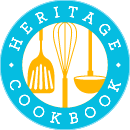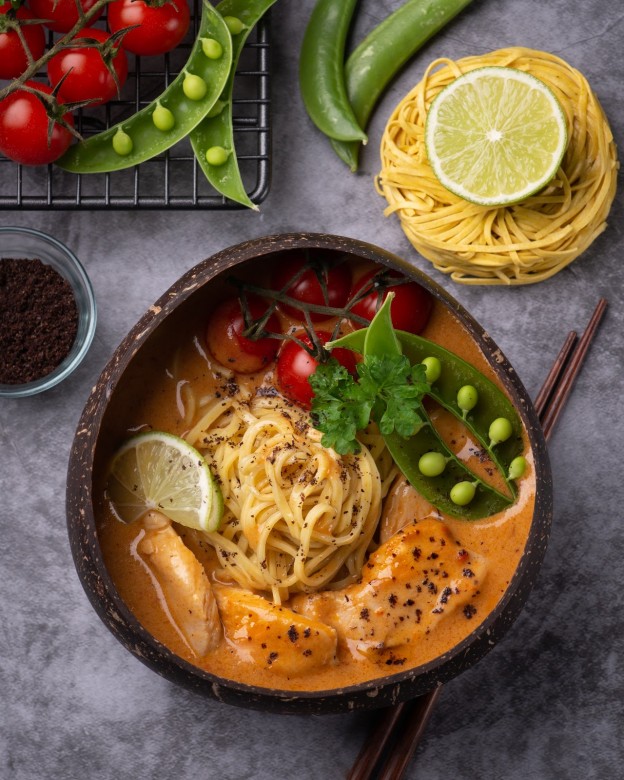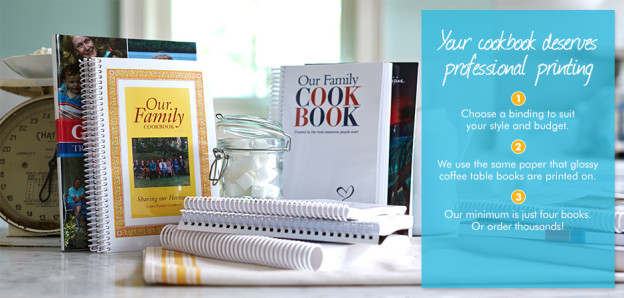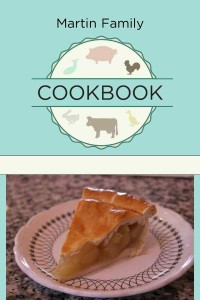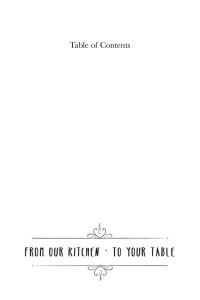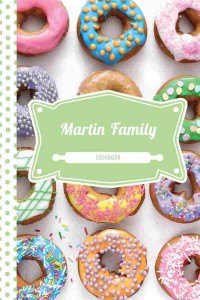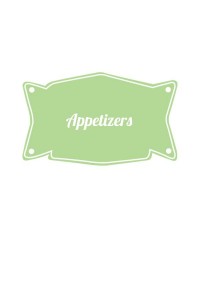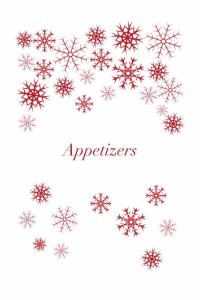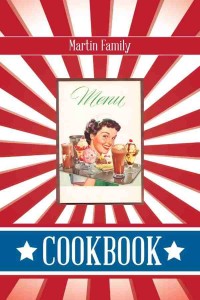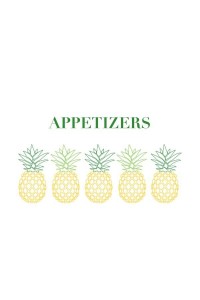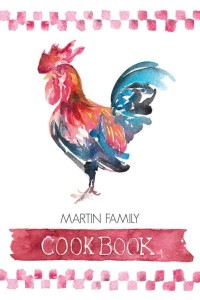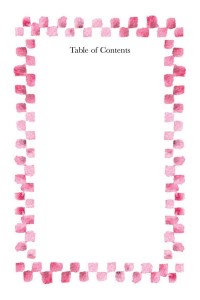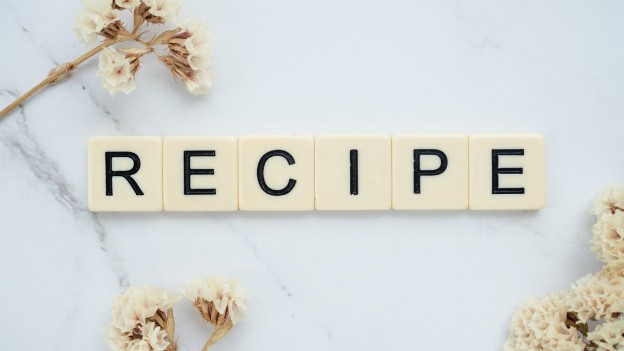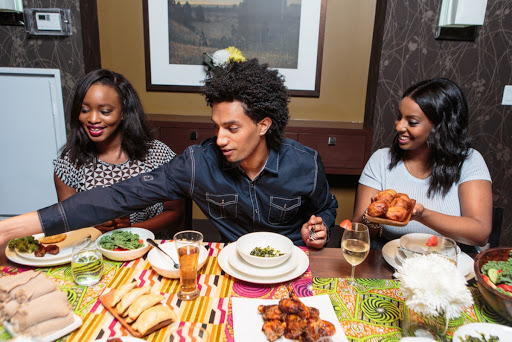A cookbook can be a blank canvas that allows a chef to express their culinary creativity and expertise. However, there are some rules to follow for cookbook success. Whether it’s the content of the book itself or its aesthetic, the formatting and presentation of a recipe book can make it a hit or a dud. This guide will highlight some key elements that belong in every successful cookbook and how you can incorporate these elements if you plan to make your own cookbook.
1. Establish Your Cookbook’s Concept & Direction
Cookbooks are much more than a collection of recipes. The best ones tell stories or revolve around a theme (more on this later) to make the book feel more like an experience. The best cookbooks also are written for a specific purpose and often for a specific audience – even if that happens to be for one’s family and friends.
When you make your own cookbook, you also have to think about who will be involved in its creation since it’s a collaborative project. Also, the minutiae of its aesthetics and appearance come into play as well.
There’s a lot to consider!
However, once you figure out the concept and direction of your recipe book, the rest of the process becomes much easier to execute. We’ve put a checklist you can tick off below to keep you on track.
How to Choose a Concept & Direction When You Make Your Own Cookbook
- Pick a purpose – Are you looking to educate new cooks or are you promoting a family restaurant? Are you trying to preserve grandma’s recipes or are you trying to introduce your own new creations?
- Pick a theme – Is it a specific style of cooking (ie. Italian, Japanese)? Is it keto/gluten/paleo-friendly focused?
- Pick an audience – Is this cookbook for a beginner or experienced chefs? Are you writing it for family members or the public?
- Pick a style – Is it light-hearted and witty or straight-forward in its writing? Are you going to use photographs or will you include illustrations?
2. Choose Recipes You’re Comfortable Making and Explaining
It doesn’t matter how refined your cooking skills are, poorly selected and half-baked recipes will make your cookbook bland and uninteresting. The recipes you choose when you make your own cookbook should err on the side of clarity. That means finding a balance between including all of the essential details while removing the miscellaneous ones. Your audience needs to know the necessary ingredients and preparation instructions above all else.
Additionally, give thought to the entertainment value of your recipes. You don’t need to write prize-winning literature or comically genius material, but a joke or a cleverly named title here and there will keep your readers engaged.
Ultimately, your recipes should fit within the theme of your cookbook. That means you obviously wouldn’t put a roast chicken dinner in a vegan-focused cookbook!
Must-Have Cookbook Elements
- Ingredients listed in the order they must be used
- Serving quantity of ingredients are clearly listed (ie. serves 4 people)
- The exact name of the ingredient was used (ie. “green pepper” as opposed to just “pepper”)
- Correct serving measurements have been listed (don’t forget about differences in metric and imperial units)
- Substitutes have been listed for ingredients that might be seasonal or hard to find
- Instructions for ingredient preparation has been included (ie. grate cheese, sliced carrots)
- Preparation steps have been listed chronologically
- Cook times have been accurately listed
- Heat/temperature levels have been clearly set
- Necessary cookware has been listed
- Serving and storage instructions have been listed
3. Decide on Your Cookbook’s Structure & Format
You can fill your cookbook with the most delicious recipes but if the book is sloppy and unappealing, no one will care to read it.
Tight structure and formatting are essential. But how do you structure and format your cookbook?
First off, the cover needs to shine. Again, it doesn’t have to be a masterpiece work of art, but it should draw interest from readers, even if you’re just making one for your family. People will judge your cookbook by its cover and might decide to skim it or look at in-depth based on how it looks.
Second, think about the overall structure of the cookbook – recipes, sections, chapters. To help you flesh this out, you might want to start with a table of contents and list each major section out in sequential order, like this:
- Introduction
- Appetizers
- Main Course
- Desserts
- Beverages
- Conclusion
You don’t have to follow this exact outline, but plotting out the order of chapters or sections will make your own cookbook far easier to write. To take this a bit further, you can devise a “micro” outline for each recipe itself. It may look like this:
- Recipe name
- Recipe image
- Recipe description
- Recipe ingredients
- Prep Instructions
- Serving Suggestions
The more fleshed out you can get with your outline, the easier it will be to organize your ideas to form a cohesive recipe book.
Lastly, you’ll want to think about the dimensions of your book if you plan on making physical copies. You will have to give consideration to its physical size, the type of paper and binding it’ll use, and the type of cover it will have. The size and make of your cookbook have an impact on the durability of your cookbook and the impression it leaves on readers.
4. Hone in Your Cookbook’s Style
Again, the recipes in your cookbook can be impeccable but if the book itself is a bore, then it will be ignored. Honing in on a unique style adds flair to your recipes. Think of it this way – your cookbook should be like a menu that makes your mouth water after reading and seeing an entree of interest. How so?
The Writing Style
There are many ways you can write a recipe. Take, for example, a prep instruction:
- “Cut the onions.”
- “Finely slice the onions”
- “Chop away at those onions”
They all deliver the same command – to cut onions – but in different tones. The first is one is matter-of-fact, the second, flowery, and the third, casual. There’s no right or wrong way to write your recipes. What determines how they should sound depends on your audience and the theme of your cookbook.
In addition to the tone, your writing style can be very minimal including just the bare-bone details of a recipe or it can feature lush stories about a recipe and why you chose it. Alternatively, it can be more technical, with tables and glossaries. Again, it all boils down to your audience and purpose.
The Visual Style
A recipe book without images is like a meal without seasoning – it’s bland and unappealing. Images are a must. There is a wide range of visual styles you can incorporate in your own cookbook. Just like the writing style, you will want to choose images that resonate with your audience and help you achieve the intended purpose of your cookbook.
For example:
- A kid’s cookbook would benefit from illustrations or animated drawings (if possible).
- A family heritage cookbook, on the contrary, would best be served with family photos, perhaps, black-and-white or sepia colored ones.
- A more technical cookbook may have diagrams with labels
Also, think about the graphic design and art direction of your cookbook. That means being choosy about the fonts, text size, text color, icons, and table designs you will put in your recipe book. They’re not to be chosen haphazardly!
The ideal blend of unique writing and visual style will keep your readers hooked on your cookbook and coming back for more.
5. Publish Your Cookbook With Professional Guidance
Unless you’ve published cookbooks before, your first run through is going to be overwhelming if you go about it alone. You will want to rely on professional help for the tasks you don’t have the skills or time to do.
That could apply to any part of the cookbook creation process, such as working with a writer to help you “pretty up” your recipe descriptions and titles, or a photographer who can take more professional images than you.
Where you’ll likely need help is on the publishing front. Whether it’s getting your recipe book in the hands of the public of your loved ones, turning your ideas into a physical or even digital copy is hard work.
Traditional publishing houses can put your cookbook on the shelves (or Amazon) up there with some big names, but it will cost you a pretty penny. Not to mention the length of time it takes to get it published. Self-publishing lets you skip the waiting time, but you’ll have to fund the costs of producing the book yourself, which can quickly become exhausting.
Fortunately, Heritage Cookbook can do the heavy lifting for you. All you need to do is sign-up for a membership to get started. Afterward, you can then choose some pre-designed templates and bookbinding for your book. Lastly, you simply confirm your order and your very own cookbook will be on its way for delivery!
This eliminates the need to drop huge amounts of cash and lose months of your life trying to publish a cookbook. And it’s ideal if your goal is merely to create a cookbook for friends or family members, whether that be a shared copy or multiple.
Make Your Recipe Book a Hit
There are hundreds of ways to make your own cookbook. The way it looks, the way it reads, and even the way it feels (if it’s a physical copy), can enhance or detract how your readers respond to it. Treat your cookbook like a work of art. By paying attention to the various elements listed above, you will give your recipe book a chance of being a hit among those you share it with.
